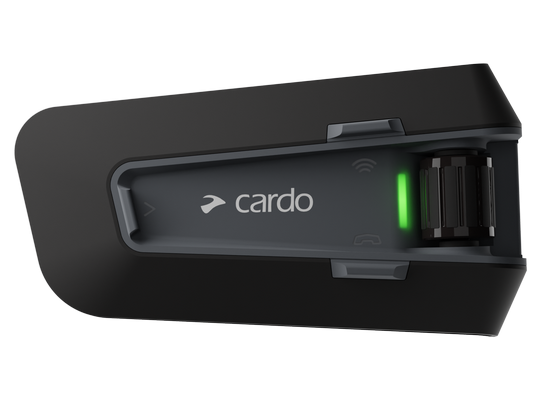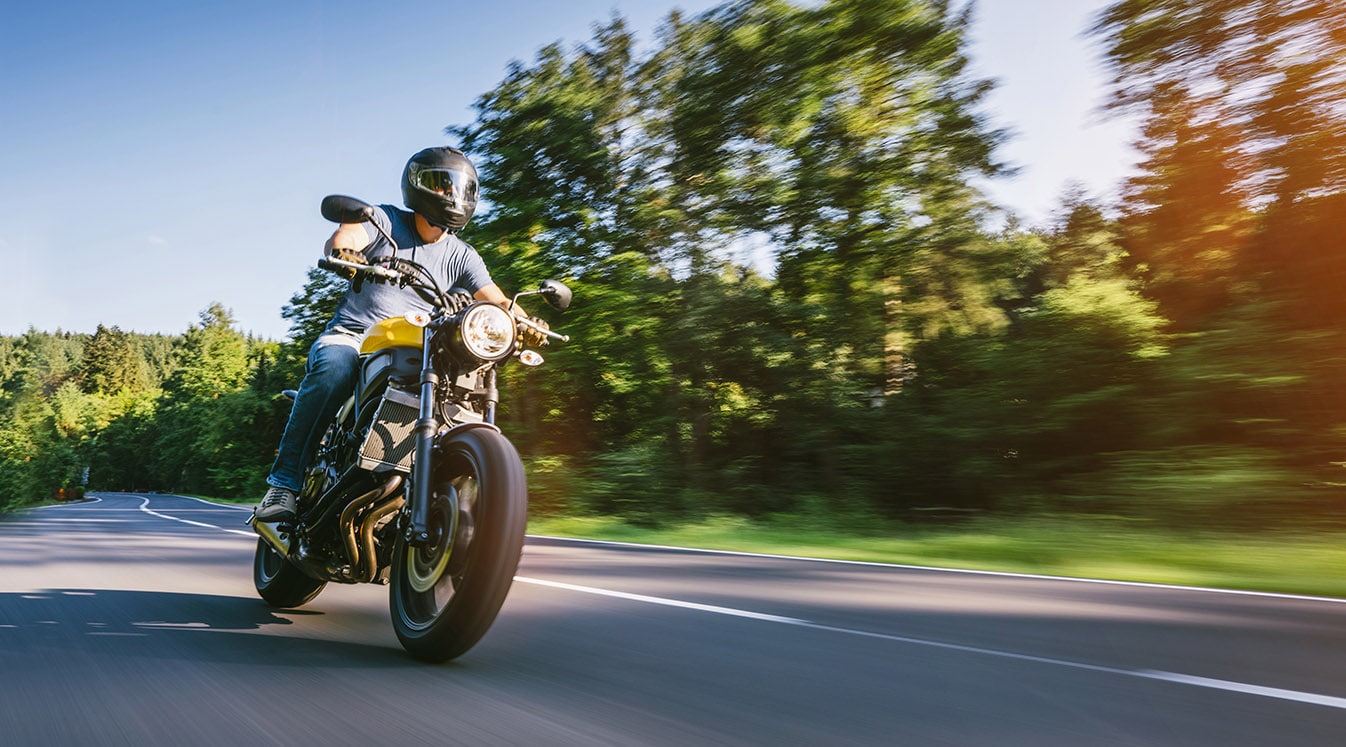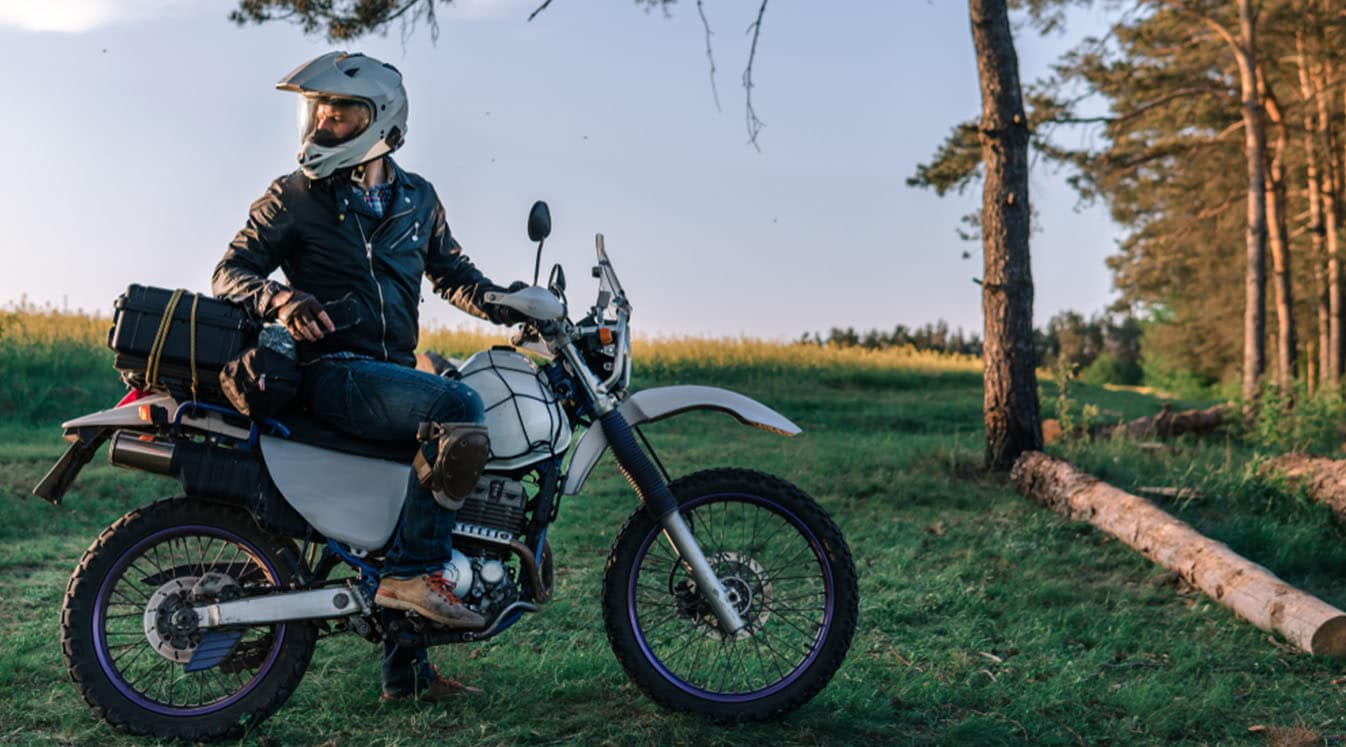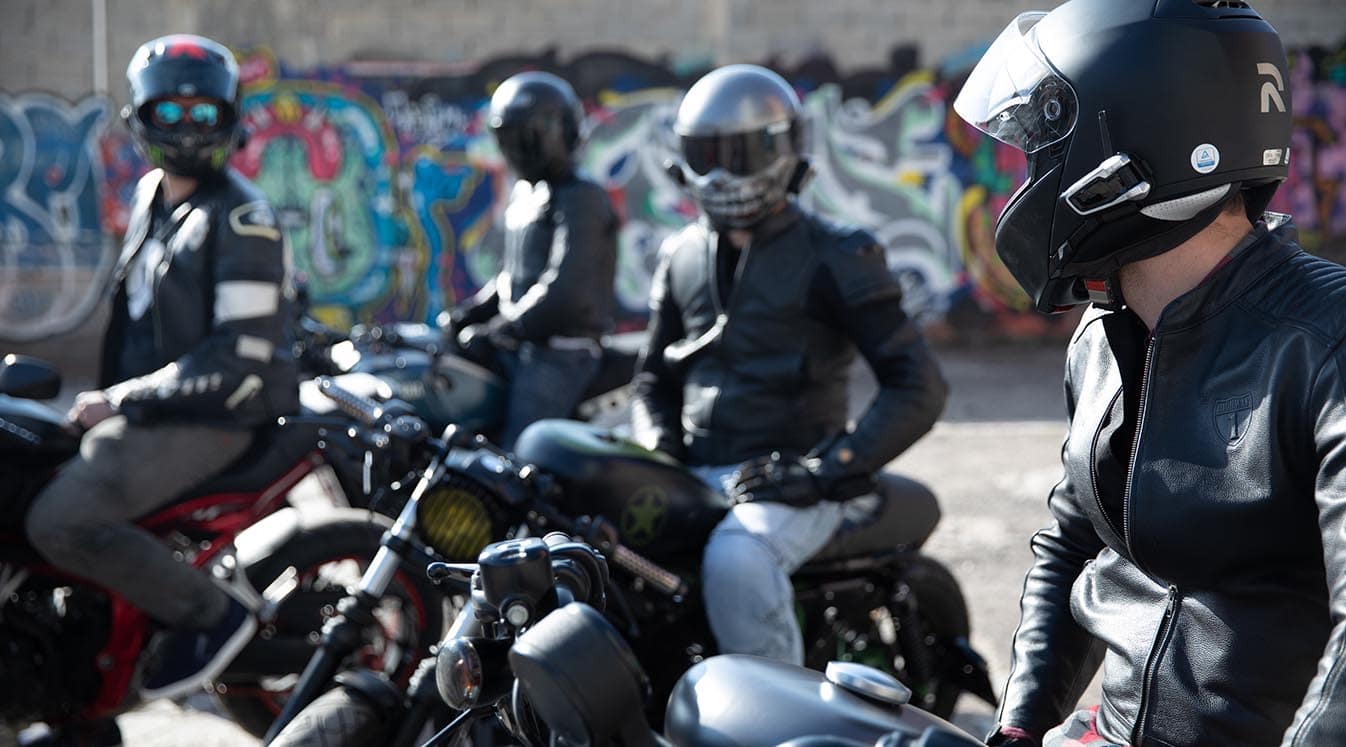If you’re lucky enough to live in a place where it’s possible to ride all year round, you can ignore the previous bit and take a few seconds to reflect on your good fortune. For everyone else, before you cue up Dvorak’s “Spring” in your motorcycle Bluetooth headset, it’s time to prepare your bike for riding season.
That’s right. Taking a little bit of time to properly de-winterize your motorcycle is a really important aspect of taking good care of your machine as the seasons change, so let’s find out how to do it right.
Riding with Friends? Check out These Motorcycle Communication Systems
My Body Is Ready
Before you start the process of de-winterizing your bike, remember that you may actually need to do some conditioning on your own body as well. We’re certainly not here to judge if you neglected your physical fitness somewhat during the holidays, especially with the pandemic restricting many people’s access to their normal workouts. But you can make your rides a lot more comfortable and confident by getting some exercise in key areas.
These are some of the best exercises for motorcycle riders that can help you prepare your body for the rigors of riding:
– Lunges for flexibility in your glutes, quads and hamstrings
– Pull-ups for upper body strength
– Air squats for general lower body flexibility and strength
– Bicycling for balance and cardiovascular endurance
For best results, pair these exercises with a healthy diet featuring plenty of fruits and vegetables, and don’t forget to drink water consistently throughout the day. Your body will thank you for your attention to holistic fitness, and it will reward you with more comfortable and pleasant rides.
Preparing yourself correctly also means shaking off the rust from your riding skills. If you’ve been riding for years, a short warm-up ride around your city could very well do the trick. For new riders, though, it’s really helpful to start small. Don’t be embarrassed to go to an empty parking lot and review the fundamentals (preferably with an experienced friend there to help guide you). At the end of the article, we’ll talk more about how to make your first ride back a fun and safe one.

Spring Cleaning
Alright, now the part you’ve been waiting for. It’s time to get your bike back into riding condition. Hopefully, you took the steps to winterize your motorcycle before you put it into hibernation. But either way, these tips will help you get your baby back on the road in sparkling shape.
The first step is to clean your motorcycle thoroughly to remove any dust and grime that may have accumulated. A full hose-down won’t usually be necessary, but some quality time with a soft sponge and a gentle soap solution or motorcycle cleaner will make sure your motorcycle begins the riding season with its chrome and paint in great condition.
Some riders put chain grease or WD-40 on their motorcycle parts as rust protectants over the winter. While this can be effective, it does often cause an accumulation of dust attracted by the sticky grease. Carefully examine any parts of the motorcycle that you applied grease to and use a motorcycle degreasing cleaner to cut away any gunk that’s accumulated. Then, make sure the chain is freshly greased and good to go when you’re done.
One part of the bike that many riders overlook during spring cleaning is the airbox and exhaust. Why would you need to look in here when you haven’t cranked the bike in months, you might ask? Because these are popular nesting spots for mice and other animals, and the last thing you want is to start your test ride with a blocked exhaust full of chewed-up newspaper (or worse, actual mice). While you’re checking the exhaust, examine the air filter as well to make sure that it hasn’t taken on moisture and treat it as necessary.

Oil and Fluid Check
It’s also critically important to inspect your motorcycle’s mechanical condition before you take it out for the first ride of the season. In a worst-case scenario, a few minutes’ inspection time can save you a dangerous surprise. Start by checking the motorcycle’s oil and fluids.
Ideally, you changed your oil as part of the winterization process, but if you didn’t, an oil change should be one of the first things on your list as you bring your machine back to life. Giving your motorcycle an oil change will help ensure that it starts the season with a clean and well-functioning engine, rather than one that’s circulating dirty oil through it and causing wear and tear at a delicate time.
Next, it’s time to check the rest of your fluids. Examine your brake fluid and coolant to make sure both are full and clean. Much like your oil, if you put your bike away without giving these fluids a change, consider replacing them and starting fresh. Check your fork seals to make sure you’re not leaking fork fluid, as well.
If you had gas in your tank before putting your bike away but you didn’t add fuel stabilizer to it, drain the gas and fill the tank with fresh fuel. Gas that’s been allowed to sit for a few months can break down and cause gunky particulates to build up in your engine when it burns. If you did add fuel stabilizer, you should be ready to go.
It’s Electric
Now it’s time to check in on your motorcycle’s electrical system, including the battery, ignition and wiring. The motorcycle battery is the first order of business. If you kept the battery hooked up to a battery tender during the winter, it should still be in good shape. If you didn’t, grab a battery charger and give it some juice.
When you first start the motorcycle, do a quick test to make sure that its headlights, tail lights and turn signals are working correctly. Check your motorcycle’s fuses and bulbs, replacing any of them that have blown out. Make sure that electronic components like phone chargers and media systems are working correctly.
Tired of Winter
Next up: tires and wheels. Begin with your wheels, testing spokes and nuts for a firm fit. Examine the rims for dents. If you didn’t clean your wheels during winterization, take the time now to go through with a toothbrush and some gentle wheel cleaner to remove gunk, dirt and rust. Then, do a quick motorcycle wheel alignment check to make sure your wheels are straight and true.
Tires can easily become deflated during the winter, especially if you haven’t kept your motorcycle on a center stand while it’s been in storage. Find the manufacturer’s recommended PSI of your tires (it should be listed somewhere on the tires) and use a tire pressure gauge to check the current pressure against it.
After checking the pressure, evaluate the general condition of your tires and whether they have sufficient tread to safely handle the road. The so-called “penny test,” which uses a penny to measure tread depth, is an old motorcycle maintenance trick that still holds true. But remember that the penny test is the bare minimum tread level that your tires need for safe operation, so if they’re right on the borderline or getting there, why not make a tire change one of your spring projects?

Get It in Gear
Even once you’ve gotten your bike back in good shape, you’re missing an important part of the equation if you haven’t given your riding gear a thorough check. Your gear is the only thing that’s standing between your body and the pavement, and the last thing you want to start the spring riding season with is a case of road rash or worse.
Your helmet deserves an especially careful look. Examine your helmet for any sign of cracks or damage, and if it’s been some time since you gave your helmet a thorough cleaning, why not start with that? A helmet cleaning session is an especially great idea if it’s a little too early to reasonably start riding again, but you want something to do that will help you get ready and feel the excitement.
Other protective gear should also be checked and verified to be in good condition. Your riding pants, your riding jacket and your riding boots should all be checked for rips and tears. Throw anything that’s machine washable in the wash, and wipe everything else down with leather cleaner or an appropriate textile cleaning solution. Give your boots a sniff to make sure they haven’t taken on a winter funk and hit them with some essential oils or deodorizer spray if they need it.
Finally, if you’re using a motorcycle helmet communication system, test its pairing with your media device, onboard GPS or any other compatible devices that you use on your ride. Your signal should be crystal clear, and your voice assistant should be easily responsive to all of your commands. (Your motorcycle communication system does have a voice assistant, right?)
Check out These Integrated Helmet Communication Systems
Your First Ride
When it’s finally time to get back in the saddle, it’s important to do it the right way. Gear up fully as you would for any ride (all the gear, all the time!) and start small with a few laps around the neighborhood. This first test ride will help get the bike’s systems working together properly again.

When you first crank the motorcycle, give it a little bit of time to get the fuel system warmed up before you start revving. A modern fuel injected motorcycle should only need 10 to 20 seconds to build up pressure in the system, but an older bike with a carb will require a little more finesse. Cold starting a carbureted motorcycle is a beast unto itself, so read up on it before you try it if you haven’t attempted it before.
As you ride, pay close attention to how your motorcycle feels, sounds, looks and even smells. Take it out for a brief spin on the highway and get it up to cruising speed to ensure that its high speeds feel just as good as its low ones. If you notice anything weird, take it back to the garage and figure it out.
Give the steering and brakes a little bit of a workout (safely) while you’re out and about. Ensure that the motorcycle doesn’t have any bad reactions to hard braking or U-turns, and take it through a few gentle curves to evaluate its handling. Heck, if you’ve got some buddies who are going through the same de-winterization process, why not use the opportunity to schedule the first ride of the season together?

Now that you’ve woken your bike up from its long nap, you’ve got a lot of options for how to enjoy a beautiful spring and summertime. How about a motorcycle camping excursion? Perhaps a cross-country motorcycle road trip? If you’re not sure where you want to head, pull up one of our best motorcycle trip planners and start plotting your next great adventure.
Cardo Systems is proud to offer resources for riders on all kinds of journeys, and we’re especially excited to help you keep in touch in ways that push the limits of technology and innovation. Check out the Cardo Packtalk series to see the latest additions to the Cardo Systems motorcycle communication lineup, or read up on how we’re using dynamic mesh communication technology to change the game in motorcycle Bluetooth headsets.
Image Sources
Alexander Kirch/Shutterstock
hedgehog94/Shutterstock
Pressmaster/Shutterstock
kitzcorner/Shutterstock
mireiasantiagophoto/Shutterstock









